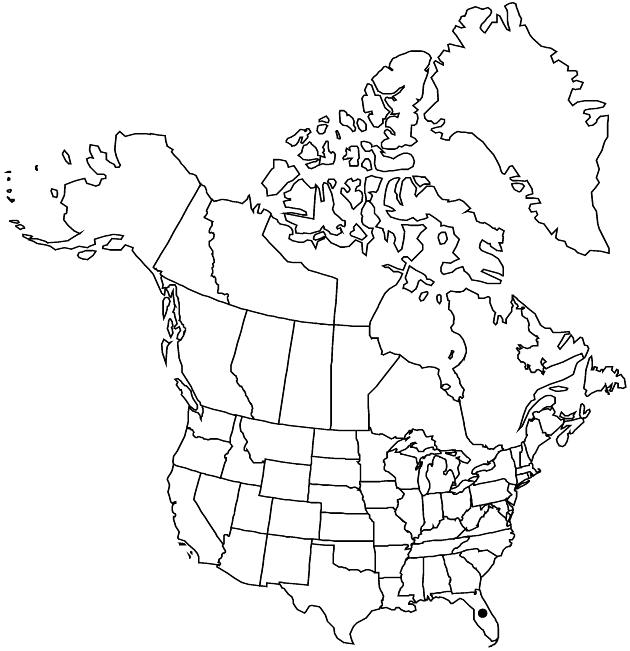Difference between revisions of "Liatris garberi"
Proc. Amer. Acad. Arts 15: 48. 1880.
FNA>Volume Importer |
imported>Volume Importer |
||
| (6 intermediate revisions by 2 users not shown) | |||
| Line 12: | Line 12: | ||
|name=Lacinaria chlorolepis | |name=Lacinaria chlorolepis | ||
|authority=Small | |authority=Small | ||
| − | }}{{Treatment/ID/Synonym | + | |rank=species |
| + | }} {{Treatment/ID/Synonym | ||
|name=Lacinaria garberi | |name=Lacinaria garberi | ||
|authority=(A. Gray) Kuntze | |authority=(A. Gray) Kuntze | ||
| − | }}{{Treatment/ID/Synonym | + | |rank=species |
| + | }} {{Treatment/ID/Synonym | ||
|name=Lacinaria nashii | |name=Lacinaria nashii | ||
|authority=Small | |authority=Small | ||
| + | |rank=species | ||
}} | }} | ||
|hierarchy=Asteraceae;Asteraceae tribe Eupatorieae;Liatris;Liatris garberi | |hierarchy=Asteraceae;Asteraceae tribe Eupatorieae;Liatris;Liatris garberi | ||
| Line 41: | Line 44: | ||
-->{{#Taxon: | -->{{#Taxon: | ||
name=Liatris garberi | name=Liatris garberi | ||
| − | |||
|authority=A. Gray | |authority=A. Gray | ||
|rank=species | |rank=species | ||
| Line 56: | Line 58: | ||
|publication year=1880 | |publication year=1880 | ||
|special status= | |special status= | ||
| − | |source xml=https:// | + | |source xml=https://bitbucket.org/aafc-mbb/fna-data-curation/src/2e0870ddd59836b60bcf96646a41e87ea5a5943a/coarse_grained_fna_xml/V19-20-21/V21_1340.xml |
|tribe=Asteraceae tribe Eupatorieae | |tribe=Asteraceae tribe Eupatorieae | ||
|genus=Liatris | |genus=Liatris | ||
Latest revision as of 20:09, 5 November 2020
Plants 20–80 cm. Corms elongated into rhizomes, irregularly shaped (sometimes with thickened, fibrous roots). Stems piloso-puberulent to hirsute. Leaves: basal and proximal cauline 1-nerved, linear to linear-oblanceolate, 120–300 × 3–8 mm, gradually reduced distally to ± midstem, abruptly reduced to ± uniform bracts distally, essentially glabrous, gland-dotted (margins sometimes sparsely ciliate). Heads in dense, spiciform arrays. Peduncles 0 or 1–5(–10) mm. Involucres cylindro-campanulate, 8–10 × 4–5 mm. Phyllaries in 3–4(–5) series, ovate to oblong-oblanceolate or oblong-lanceolate, strongly unequal, usually essentially glabrous, sometimes sparsely strigose to pilosulous, margins with hyaline borders, ciliolate, apices acute (inner with slightly subterminal, ‘rolled’ apicula), ciliolate. Florets 6–10; corolla tubes glabrous inside. Cypselae 3–3.5 mm; pappi: lengths ± equaling corollas, bristles barbellate. 2n = 20.
Phenology: Flowering Jul–Sep.
Habitat: Wet flats with palmetto and longleaf or slash pine, oak-palmetto, pine-live oak, grass-sedge bogs, sandy loam, sandy peat
Elevation: 0–30 m
Distribution

Fla., West Indies (Bahamas).
Discussion
Selected References
None.